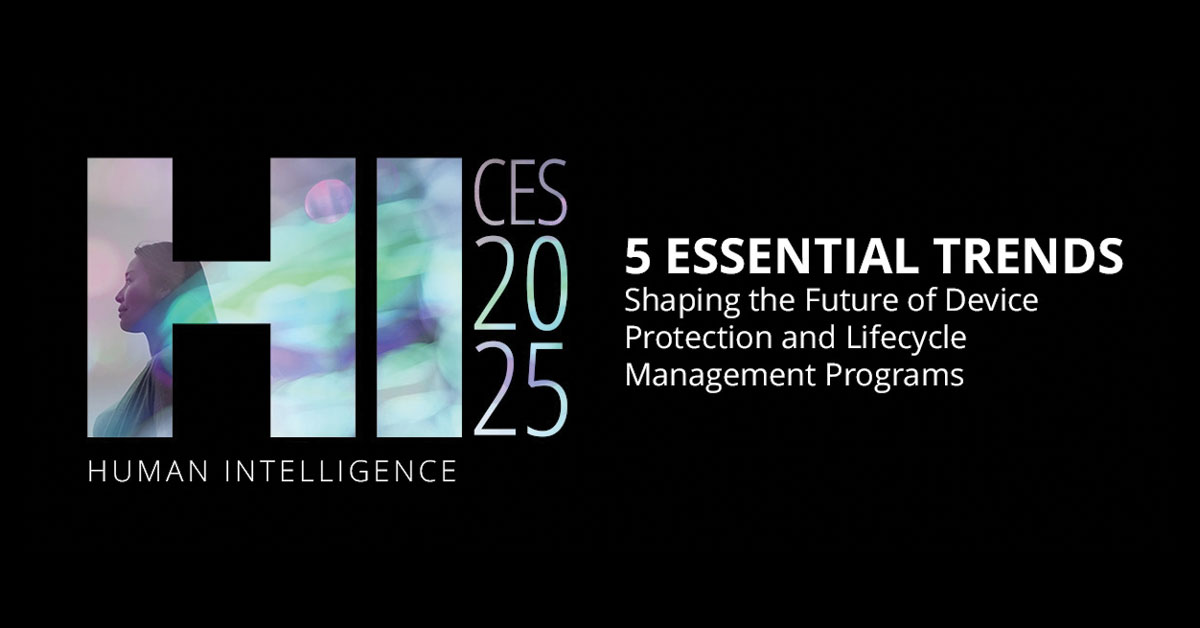If human connection and AI or machine learning sound like oxymorons to you, you’re not alone. Many businesses today, including Assurant, are using AI to automate routine tasks, improving the speed and efficiency of their operations. This reality was underscored in a recent Deloitte study, which found that 79% of global companies anticipate significant transformations within their organizations through AI within the next three years. But if the first thing you think of when you hear the terms “AI” or “machine learning” is robots and mechanics, then you’re probably thinking about it wrong.
"The key to unlocking the customer experience revolution is to keep human connection as the foundation of your AI strategy,” says Deb Battaglia, SVP of Customer Experience at Assurant. “There are endless sub-benefits to AI, but the ultimate use case is to prioritize improvement in our connections with people. Sometimes that can mean faster service, and other times it could mean more personalized options or recommendations. How we, as businesses, apply AI – and any technological advancement – should be dictated by our customers’ needs. Business growth follows as a natural outcome of prioritizing the customer."
If that sounds like a daunting task, here are three shifts in consumer expectations and the results we’ve seen while integrating generative AI (gen AI) and machine learning to meet new expectations.
3 Shifts in Customer Expectations
1. Customers want more choice and flexibility.
Customer expectations have been on the rise for a long time. During the pandemic, many companies raised the customer experience (CX) bar even higher. We saw a huge focus on the technology and tools required to support a mobile workforce and a new type of customer who was spending more time at home. And, because 72% of customers say they want immediate service options, digital channels hit the spotlight in a new way.[1] Rather than trying to schedule in-person service appointments, customers overwhelmingly turned to digital solutions like chat and email when they had an issue.
Assurant case study snapshot: In Assurant’s contact centers, we integrated gen AI in both chat and voice contact channels to help meet the need for real-time consumer responses in the channels of their choice. After auto-training the engine based on existing use cases and testing it against the most common customer inquiries, we put it in the hands of our agents. Today, generative AI suggests responses to customer inquiries in chat or voice transcription, which agents can choose to use or modify (80% of the time, agents choose to use the generated suggestion as it is). The result has been a 9-point lift in customer satisfaction scores (CSAT). And, as a natural outcome, productivity has doubled.
2. They’re looking for proactive vs. reactive experiences.
Customers are always comparing your company to their last best experience, whether that was with your competitor or with a supermarket in their neighborhood. Today, they want proactive experiences that take the ownership for time-consuming decision-making off them (think: Microsoft Outlook suggesting focus time for your calendar without you having to identify your free time). When used correctly, AI can reduce the time it takes to make decisions by as much as 40%.[2] When it comes to mobile devices and electronics, this translates into personalized service and repair options that fit into the customer’s day seamlessly.
Assurant case study snapshot: Assurant’s patent-pending dynamic fulfillment platform is designed to meet this need for proactive, best-fit recommendations for each customer. When customers submit a device issue online, via chat, or over the phone, dynamic fulfillment leverages machine learning to quickly match customers with the best resolution option for their device’s make and model, their location, their protection plan, and a variety of other factors. Resolution options range from same-day come-to-you repair to 24-hour replacements by mail. By using machine learning to proactively determine the best path for solving each customer’s specific issue, we’ve been able to improve NPS by over 33%.
3. Good CX makes efficiency look effortless.
Anybody who has ever worked in an operations role knows efficiency is anything but effortless. But applying AI at the right touchpoints can reduce friction for customers while simultaneously enhancing productivity across your operations. This becomes highly visible throughout claims and service journeys.
Assurant case study snapshot: Today, predictive models are deployed to reduce false positives on fraud flags, allowing customers to get through the claims process faster while still making sure Assurant successfully mitigates fraud losses. Looking at what’s next on the CX front, we’re enhancing service journeys to help more customers avoid claims by using generative AI. Our teams are in the process of integrating gen AI prompts that will help customers diagnose and resolve device issues remotely, getting instant fixes and avoiding having to visit a store for repair or have someone come to their homes.
What’s the bottom line for businesses?
As we look ahead, the imperative remains clear: prioritizing human connections while harnessing the power of AI will enhance, not replace, those connections. When we do this right, businesses can not only meet but exceed the expectations of today's discerning consumers, driving sustained growth and differentiation in an increasingly competitive landscape.
See more about how Assurant is evolving customer experiences, technology and products here.





